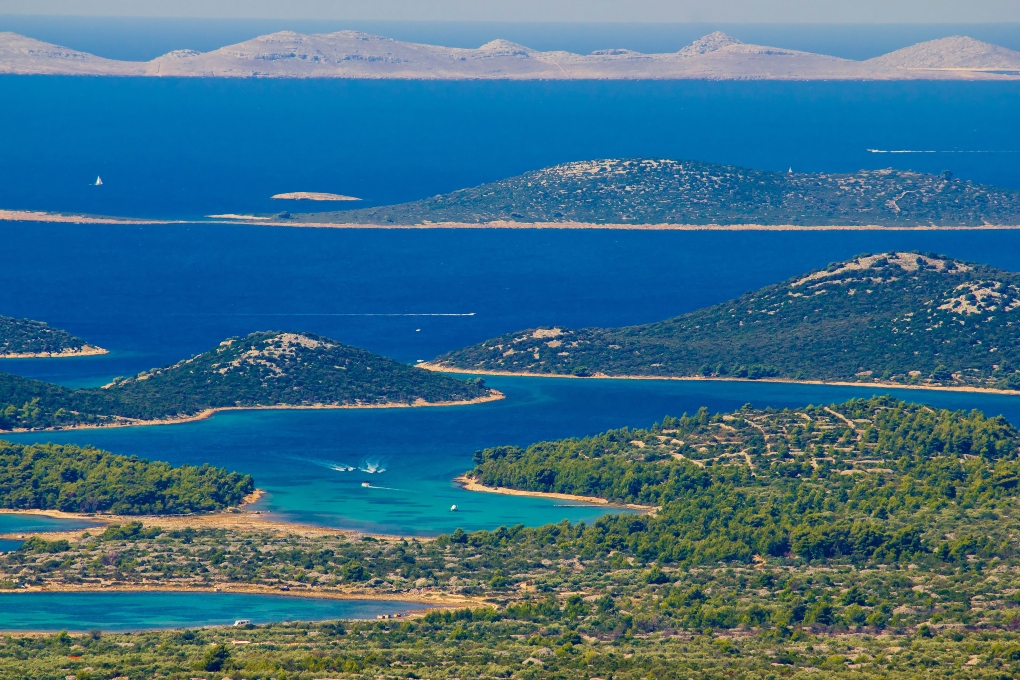
Croatia is famous for its Adriatic coastline, historic cities, and warm Mediterranean vibe—but it’s also a paradise for nature lovers. The national parks in Croatia offer untouched beauty, incredible biodiversity, and some of the best hiking and outdoor experiences in Europe. Whether you’re looking for turquoise lakes, towering cliffs, or remote islands, the Croatia national parks deliver natural wonders in every direction.
There are eight national parks in Croatia, each with its distinct character. Whether you’re a hiker, a wildlife enthusiast, a photographer, or someone who just wants to get away from the crowds, Croatia’s national parks have something to offer.
Why National Parks in Croatia Are Worth Visiting
Before diving into each park, it’s worth asking: why visit these natural areas in the first place? Simple—they’re among the most scenic and accessible in Europe.
Here’s what sets Croatia national parks apart:
- Compact and diverse: You don’t have to drive for hours to go from mountains to waterfalls to islands.
- Unspoiled nature: Many of these parks are carefully protected, meaning minimal commercialization and plenty of raw nature.
- Adventure-ready: Hiking, kayaking, swimming, and even diving are on the table, depending on the park.
- Stunning visuals: If you’re into photography or just love nature, these spots are goldmines.
Let’s break down each of the eight Croatia national parks and what makes them worth your time.
1. Plitvice Lakes National Park
Most famous for: Waterfalls and turquoise lakes.
This is the iconic park in Croatia and probably the most visited. Plitvice Lakes National Park is a UNESCO World Heritage Site known for its 16 terraced lakes, connected by over 90 waterfalls. Wooden walkways lead you through the water, offering endless angles for incredible photos.
There are several hiking routes of varying lengths, and an electric boat and shuttle bus help visitors move between parts of the park. If you visit only one of the Croatia national parks, make it this one.
Best time to visit: Spring or autumn to avoid peak tourist crowds.

2. Krka National Park
Most famous for: Swimmable waterfalls and rivers.
Krka is often seen as a smaller, more relaxed version of Plitvice. Located near Šibenik, it’s built around the Krka River and features seven major waterfalls, with Skradinski buk being the most impressive.
Unlike Plitvice, you can swim in designated areas (though this is increasingly restricted to preserve the environment). There’s also a network of boardwalks, a monastery on an island, and a reconstructed watermill.
Pro tip: Take a boat ride from Skradin for a scenic approach to the park.
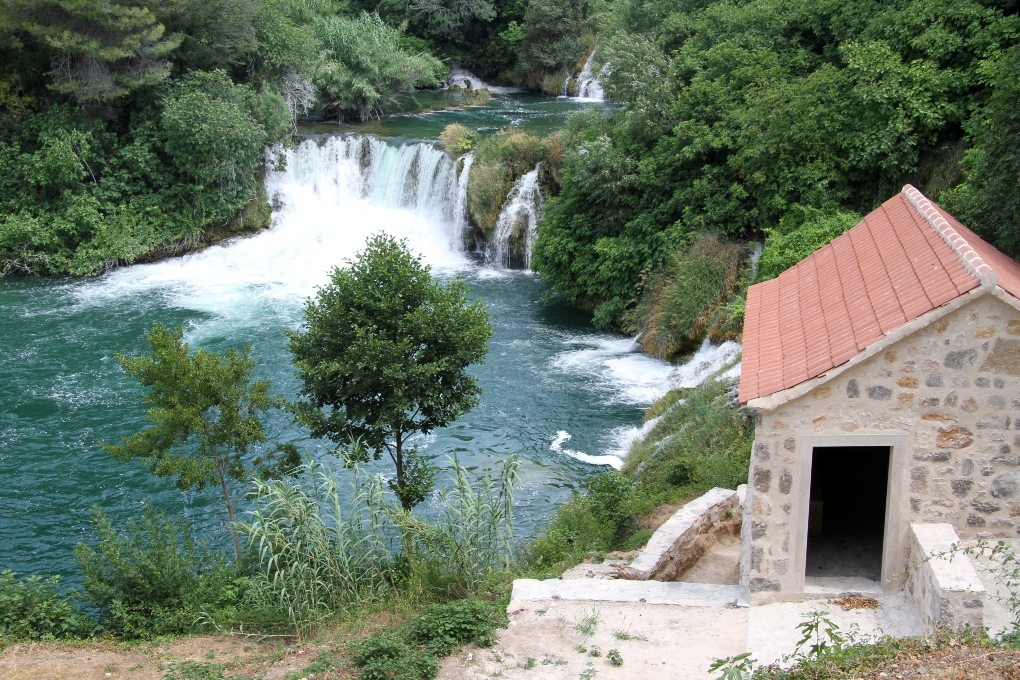
3. Paklenica National Park
Most famous for: Rock climbing and hiking.
Paklenica is a paradise for climbers and hikers in the Velebit mountain range. It has two main canyons—Velika Paklenica and Mala Paklenica—carved through dramatic limestone cliffs. Some walls rise over 400 meters, attracting climbers from around the world.
If climbing’s not your thing, there are hundreds of kilometers of hiking trails, some leading to mountain huts where you can even spend the night.
Wildlife highlight: Keep an eye out for eagles, falcons, and maybe even a bear (from a distance).
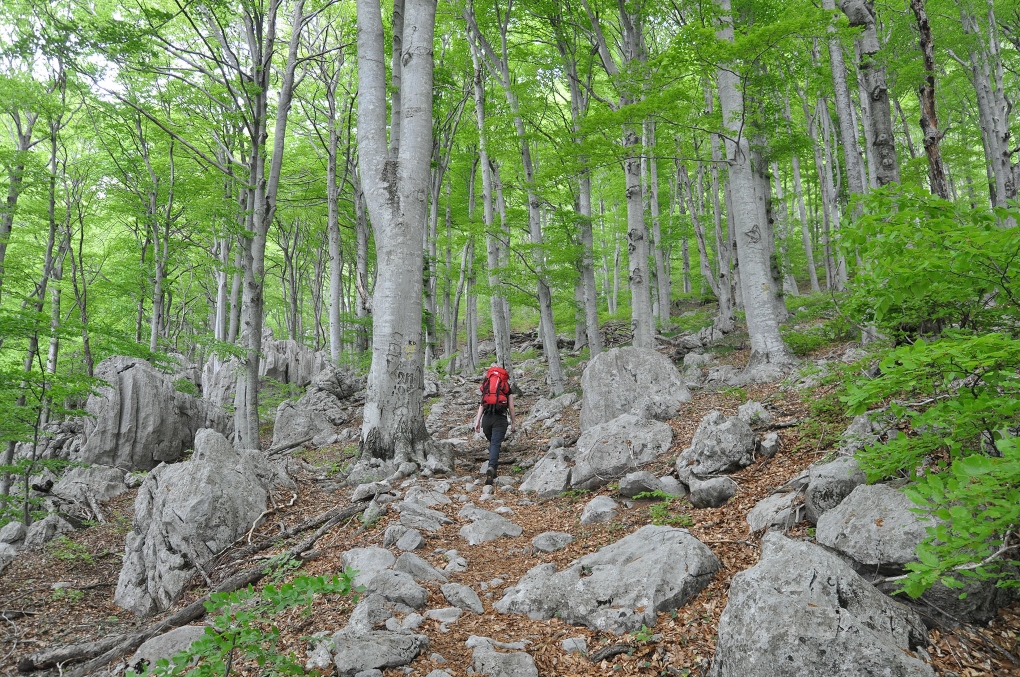
4. Mljet National Park
Most famous for: Saltwater lakes and island serenity.
Located on the island of Mljet, this park is often described as one of the most peaceful places in Croatia. It features two large saltwater lakes, Veliko and Malo jezero, and a tiny islet with a Benedictine monastery you can visit by boat.
Mljet is perfect for cycling, swimming, and kayaking, with a much slower pace than the mainland parks. It’s a favorite for those looking to escape and disconnect.
Getting there: Ferries run from Dubrovnik, Pelješac, Korčula, Hvar, and Split.
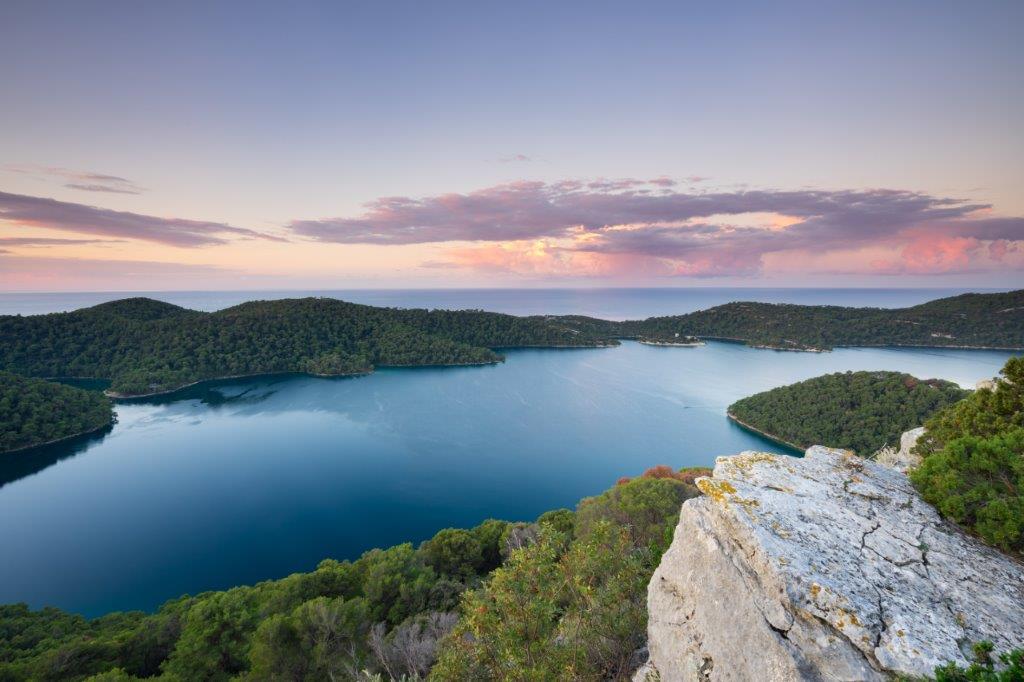
5. Kornati National Park
Most famous for: Island-hopping and marine life.
Kornati is a chain of 89 islands and islets, mostly uninhabited and incredibly rugged. It’s often described as a sailor’s paradise, and many visitors explore the park by boat.
Above water, it’s dry, rocky, and minimal. Below the surface, though, it’s bursting with marine biodiversity. This makes Kornati a popular spot for diving and snorkeling.
You won’t find hiking trails or cafes here—just pure, wild Adriatic beauty.
The best way to explore: By an organized boat tour or a private charter.
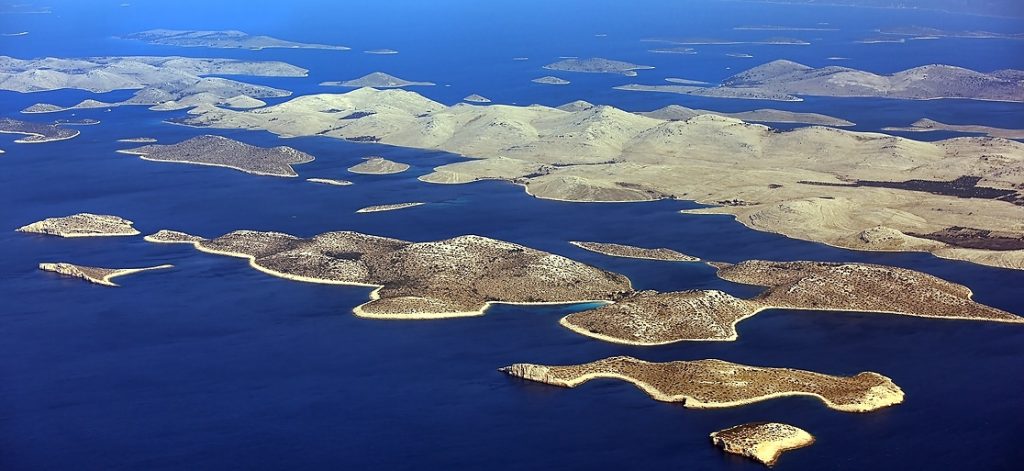
6. Brijuni National Park
Most famous for: History and safari-like experiences
Brijuni is a group of 14 islands near Pula, known for combining natural beauty with archaeological sites and exotic animals. Once the private retreat of Yugoslav leader Tito, Brijuni still has remnants of Roman villas, Byzantine fortresses, and even a safari park with zebras and elephants.
You can tour the island by electric train or bike and explore the rich history alongside peaceful Mediterranean landscapes.
Fun fact: Some animals were gifts from world leaders to Tito.
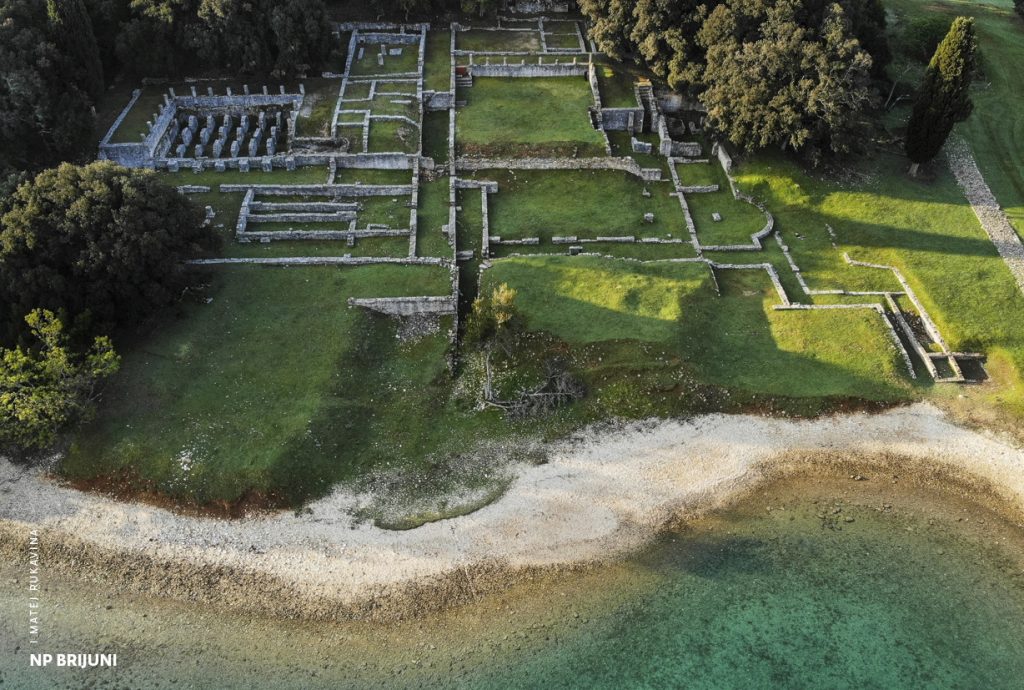
7. Risnjak National Park
Most famous for: Forest wilderness and wildlife tracking.
Tucked into Gorski Kotar in northern Croatia, Risnjak is dense, forested, and one of the best places to experience true wilderness. It’s home to lynx (which the park is named after – “ris” in Croatian), bears, and wolves, though sightings are rare.
Hiking trails lead to Veliki Risnjak, the park’s highest peak, offering sweeping views of the region. It’s much cooler here than on the coast, making it a great summer escape.
Recommended for: Experienced hikers and nature lovers looking for solitude.
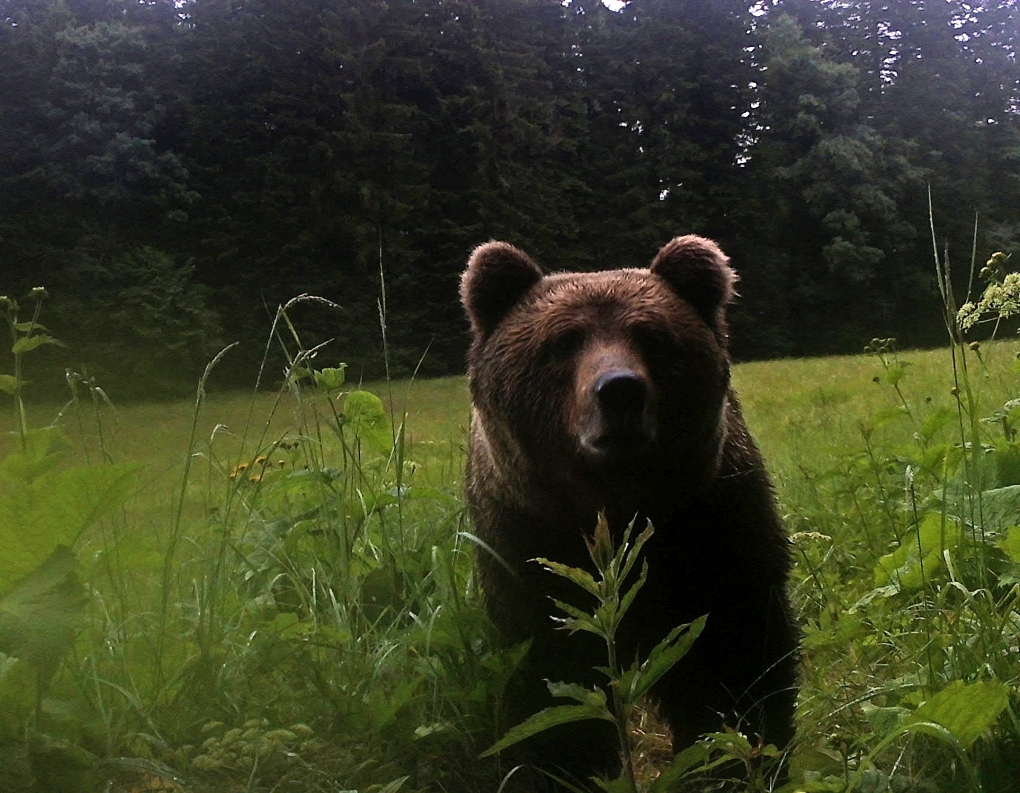
8. Northern Velebit National Park
Most famous for: Remote hiking trails and botanical diversity.
Adjacent to Paklenica, this park is a haven for serious hikers. The Premužić Trail is the star—stretching 57 km through the mountains with incredible views of both inland Croatia and the sea.
Northern Velebit is also part of a UNESCO Biosphere Reserve, including the Hajdučki and Rožanski kuk rock formations. It’s far less visited than other parks, which means fewer crowds and more raw beauty.
Bring: Good hiking boots and a sense of adventure.
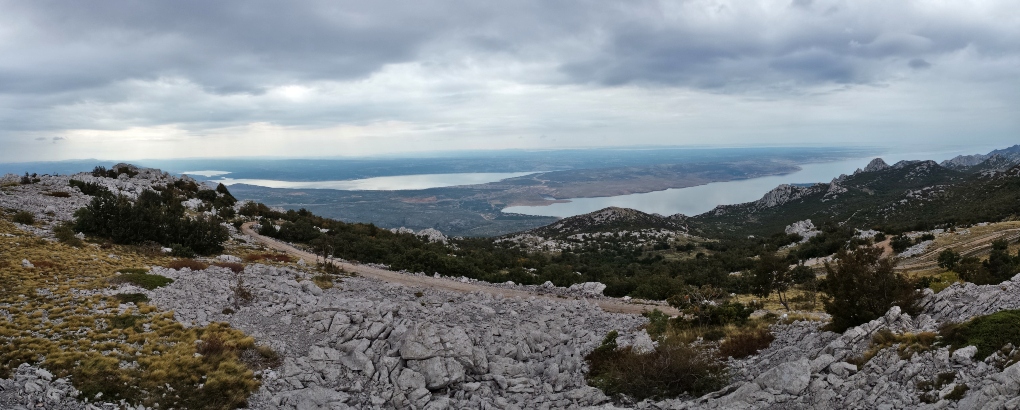
Tips for Visiting Croatia National Parks
- Buy tickets in advance, especially for Plitvice and Krka during peak months.
- Start early: Many parks fill up by mid-morning.
- Respect the rules: Swimming is not allowed everywhere, and sticking to paths helps preserve delicate ecosystems.
- Pack water and snacks: Some parks have limited food options once you’re inside.
- Check the weather: Conditions can change fast, especially in mountain parks.
Sustainable Tourism in Croatia National Parks
With increased tourism comes the need for responsible travel. Croatia has done a decent job balancing access with conservation, but visitors play a key role. Here’s how to be a responsible traveler:
- Don’t leave trash. Even biodegradable waste like fruit peels can harm ecosystems.
- Stay on marked trails. Off-trail walking causes erosion and disturbs wildlife.
- Avoid single-use plastics. Bring a reusable bottle and food containers.
- Support local guides. Many offer eco-friendly tours that help local communities.
Why Croatia National Parks Belong on Your Bucket List
Croatia national parks are a reminder that the country’s beauty goes far beyond its famous beaches. From alpine forests to underwater wonderlands, there’s a staggering amount of diversity packed into a relatively small area. Whether you’re in it for a quick hike or a multi-day trek, swimming in waterfalls, or just sitting in silence among trees, these parks deliver the kind of experience that sticks with you.
Next time you plan a trip to Croatia, carve out time for at least one of its national parks. You’ll see a side of the country most tourists miss—and you’ll probably end up wanting more.


